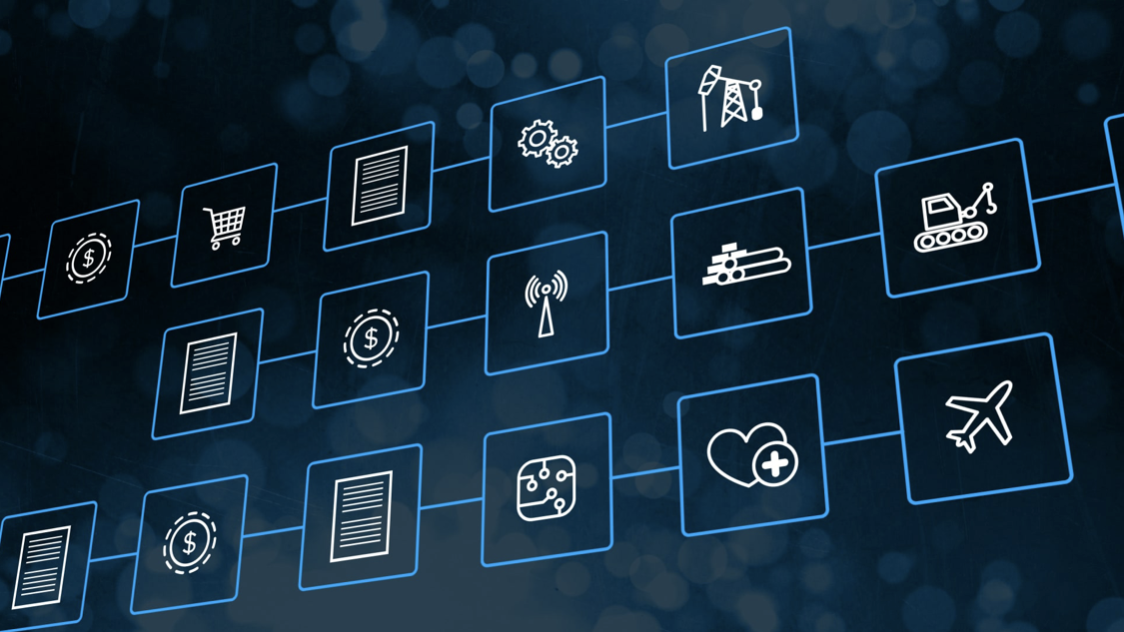Finance, healthcare, logistics, and other industries could all be completely transformed by blockchain technology. Scaling blockchain networks to support widespread adoption is a significant obstacle to achieving this potential, though. In this comprehensive study, we will look at the opportunities and problems associated with scaling blockchain networks as well as the methods being used to deal with these problems.
Challenges of Scaling Blockchain Networks

Scalability
One of the biggest obstacles to the widespread adoption of blockchain technology is its scalability. The majority of blockchain networks currently have limited capacity for processing transactions, which can lead to lengthy transaction times and expensive fees during periods of high usage. For instance, the typical transaction time for Bitcoin is about 10 minutes, while that for Ethereum is about 15 seconds. For widespread adoption, where users anticipate transactions to be finished immediately, this is not quick enough.
Security
Security is another issue that arises when scaling blockchain networks. It gets harder to maintain security as a network grows in the number of nodes and participants. Since blockchain networks are decentralized, each node must independently verify each transaction, which means that as more transactions are processed, more processing power is needed to keep the network secure.
Interoperability
Another major obstacle to scaling blockchain networks is interoperability. The various blockchain networks that exist today are incompatible with one another. As a result, users must interact with various blockchain networks using various wallets and exchanges, which can be inconvenient and confusing.
Energy Consumption
Another issue that must be solved for blockchain networks to become widely used is their high energy consumption. Most blockchain networks employconsensus mechanisms that require a significant amount of computational power, which translates to high energy consumption. This can be a significant adoption barrier because energy-intensive blockchain networks may not be used by users who are concerned about the environment.
Opportunities for Scaling Blockchain Networks

Increased Adoption
Greater adoption of blockchain technology represents the main opportunity for scaling networks. More users will be able to use blockchain networks for a variety of purposes, such as payments, supply chain management, identity verification, and more, by improving the scalability of these networks. The blockchain ecosystem may experience more innovation and investment as a result of this increased adoption.
Increased Security
Increasing security through scaling blockchain networks is another benefit. A network becomes more decentralized and secure by expanding the number of its nodes and users. The adoption of blockchain networks may be aided by the increased trust that this increased security may bring about.
Increased Interoperability
Scaling blockchain networks also offer the possibility of interoperability. Users can communicate with multiple networks using a single wallet or exchange by enabling interoperability between various blockchain networks. Users’ convenience may increase and their sense of confusion may decrease as a result, which may encourage adoption.
Increased Efficiency
Another opportunity for scaling is to improve the effectiveness of blockchain networks. Blockchain networks can improve their efficiency and user appeal by lowering transaction costs and times. As a result of developers being able to create new applications that were previously impractical due to scalability issues, this increased efficiency may also result in more innovation within the blockchain ecosystem.
Strategies for Scaling Blockchain Networks

Sharding
In order to scale a blockchain network, sharding involves breaking it up into smaller groups, or shards, each featuring its own unique set of validators. Because each shard can handle transactions on its own, this method may substantially boost transaction throughput. Sharding is a feature of Ethereum 2.0 that will help it become more scalable.
Layer 2 Solutions
The implementation of layer 2 solutions entails offloading some computational tasks from the primary blockchain network to auxiliary networks, or layers. Due to the reduced computational load on the main network, this can improve the scalability of the primary blockchain network. A few examples of layer 2 solutions are sidechains, state channels, and payment channels.
Proof of Stake
The energy-intensive Proof of Work consensus algorithm has been replaced by the more efficient Proof of Stake algorithm in the majority of blockchain networks. Validators are required by Proof of Stake to hold a specific amount of cryptocurrency as a stake, which they could lose if they try to validate erroneous transactions. Blockchain networks’ energy usage can be significantly decreased by this mechanism, which can also help the networks grow. The switch from Proof of Work to Proof of Stake is currently being made by Ethereum.
Interoperability Protocols
To enable communication between various blockchain networks, interoperability protocols are being developed. With the help of these protocols, users can communicate with various blockchain networks while only using one wallet or exchange. Protocols for interoperability include Polkadot and Cosmos, for instance.
Optimistic Rollups
As a layer 2 scaling technique, optimistic rollups process transactions on a sidechain before periodically batching and validating them on the main blockchain network. By using this method, transaction throughput can be significantly increased while transaction costs are decreased. Ethereum is implementing optimistic rollups to improve scalability.
Conclusion
Scaling blockchain networks to support widespread adoption is a difficult task that necessitates addressing issues with reliability, safety, interoperability, and energy usage. However, there are also a lot of chances for improved efficiency, interoperability, security, and adoption. Various tactics are being used to accomplish these objectives, including sharding, layer 2 solutions, Proof of Stake, interoperability protocols, and Optimistic Rollups. These techniques have the potential to help blockchain networks overcome the difficulties of scaling and reach their full potential, along with ongoing innovation and development in the blockchain ecosystem.
In 2024, open-source AI models are poised for significant advancements, potentially challenging proprietary models in performance and applications. The comparison between open-source and proprietary AI models is complex, depending on factors like specific use cases, development resources, and training data quality.
In 2023, open-source models such as Meta’s Llama 2 70B, Falcon 180B, and Mistral AI’s Mixtral-8x7B gained significant attention. Their performance, often comparable to proprietary models like GPT-3.5, Claude 2, and Jurassic-2, highlighted a notable shift in the AI landscape. This progress indicates a narrowing gap between open-source and proprietary models in terms of capabilities and practical applications.
The trend suggests that this gap will continue to close. Open-source models are becoming increasingly attractive to enterprises, particularly those seeking hybrid or on-premises solutions. Their flexibility and accessibility provide a compelling alternative to more restrictive proprietary models.
As we advance through 2024, we expect new releases from Meta, Mistral, and other emerging AI leaders to further bridge this gap. The availability of advanced open-source models as APIs will drive their adoption and integration into various business processes and applications, promoting a more competitive and innovative AI ecosystem.
